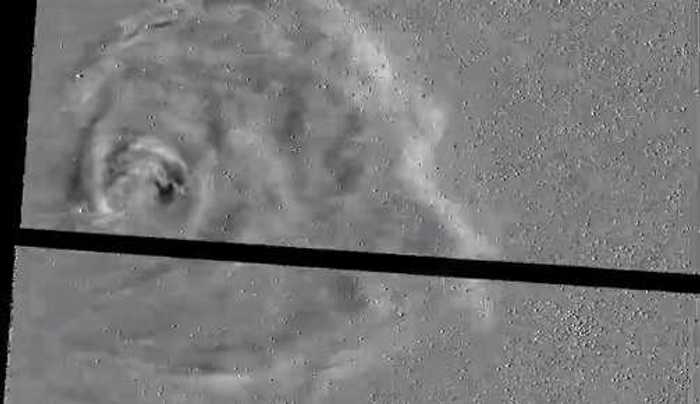Published 17:27 IST, January 1st 2024
According to NASA, the solar flare peaked at 3:25 am IST on January 1 and was classified as an X5.0 flare.
Advertisement
The Sun just emitted a solar flare which was rated in the most intense category. According to NASA, it peaked at 3:25 am IST on January 1 and was classified as an X5.0 flare.
Solar flares, which basically are sudden bursts of radiation, are classified in B, C, M and X classes, with X being the most intense, and the number denotes the strength of the flares. In a post on X, NASA said that the biggest solar flare of 2023 was recorded as X2.8 on December 14.
Advertisement
Interestingly, the latest event was captured by the Solar Dynamics Observatory which observes the Sun and its influence on Earth and surrounding space.

Solar flares are classified in B, C, M and X classes, with X being the most intense, and the number denotes the strength of the flares. Interestingly, the powerful event was captured by the Solar Dynamics Observatory which observes the Sun and its influence on Earth and surrounding space.
Advertisement
Another major event is the Coronal Mass Ejections (CME) also involving a huge burst of energy. While solar flares are bright flashes of light, the CMEs are giant clouds of plasma and magnetic field that are burped out by the Sun.
Earlier in December 2023, NASA shared a picture from the Solar Orbiter which was able to photograph a CME.
Advertisement

The agency said that observing the CMEs could help scientists “learn more about their structure as well as how these events blast material across the solar system.”
17:27 IST, January 1st 2024